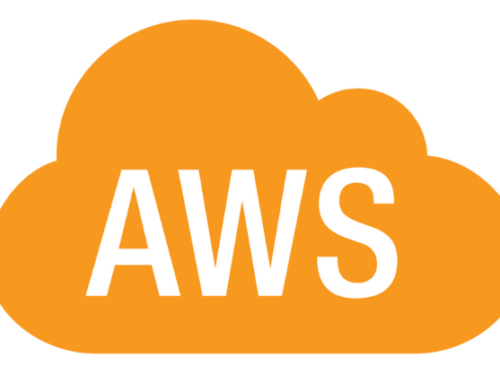Cloud trends continue to shift, and so do the cloud myths surrounding the industry. With so much misinformation and confusion still in the cloud, leading independent research firm Gartner published “Revisiting the Top 10 Cloud Myths for 2020” using its findings from surveying top CIOs and IT decision makers around the globe.
With previous misconceptions like “Cloud should be used for everything” still in circulation, organizations need to take a closer look at how they view cloud. While a few of the previous cloud myths Gartner had uncovered during their previous survey in 2014 have faded away into obscurity, new cloud myths have emerged to take their place, spreading more in confusion than the industry has gained in clarity.
For companies looking to stay ahead in a competitive market, it’s not enough to simply have a presence in the cloud; companies should examine how they approach their cloud governance and if they’re still falling prey to misconceptions in the cloud.
Is your cloud strategy being held back by these three fallacies highlighted by Gartner in its latest report?
1. 2020 Cloud Myth: Cloud is Always About Money
Many companies start building their cloud initiatives on the assumption that cloud always saves money. Without a proper cloud governance plan and thorough understanding of your workloads, companies risk inefficiencies and shadow IT driving up the cost in cloud.
Conversely, a “countermyth” is also circling – that private companies can match the infrastructure optimization found in cloud at a lower cost than public cloud. While companies might be able to match that optimization, it often comes with a great investment in both the right infrastructure solutions and the right talent to manage it – something that is increasingly difficult to find and staff in-house.
Gartner’s recommendation? Cloud shouldn’t be all about the money. While companies can expect to see incredible flexibility and efficiency in cloud at a lower cost than doing it privately, that doesn’t mean your cloud infrastructure can operate effectively without the proper cloud governance. Organizations need specialized expertise to help them build a more effective cloud infrastructure and securely run their cloud instances.
It’s not about the money. Cloud organizations need to be focused on scalability, visibility, and security for an effective and protected environment.
2. Cloud is Always More Secure Compared to On-Premise
A massive swing from the previous myth that cloud isn’t secure enough, this new misconception about cloud leaves organizations open to risks. While cloud has great native security tools, companies operating in the cloud still bear responsibility to utilize these cloud security solutions.
Due to the shared responsibility model in cloud, companies must mitigate risks wherever they can. Often that means they need to invest in additional cloud security solutions for a layered cybersecurity approach to cloud security.
Additionally, the largest risk to any company’s cybersecurity exists whether you’re in the cloud or strictly on-premise. Organizations need to prepare for the impact the human factor has on their cloud security.
3. You’re Done Once You’re in the Cloud
Cloud is not an endeavor that organizations can approach with a “set it and forget it” mentality. As any IT professional knows, the threat landscape is constantly evolving, and organizations cannot afford to fall behind. When you finish your cloud migration, your involvement in cloud has only just begun.
Companies need to maintain visibility into their cloud environments, or they risk rogue instances, unregulated spending, and security vulnerabilities. Furthermore, for those companies that failed to build their cloud foundation according to industry standards, failing to monitor your cloud environments could lead to their infrastructure operating even less effectively than before.
Once you have made the move to cloud, your IT team needs a way to manage visibility and access within your cloud infrastructure. Whether you utilize native tools and settings or find a third-party solution for advanced optimization and protection, cloud is an ongoing project.
Finding the Right Cloud Solutions to Manage Your Environments
Many organizations are finding that they simply do not have the bandwidth or necessary expertise required to manage their cloud environments. To maintain an effective and secure infrastructure, many companies are turning to cloud solutions to give their team advanced visibility.
Companies looking for a more robust cloud management solution rather than managing multiple technologies are turning to cloud governance services through trusted IT advisors.
Set the Record Straight with a Cloud Assessment from the Experts at Adapture
The Adapture Cloud Solution Architects give you the information you need to make informed decisions about your cloud investments and your future application strategy. Adapture takes a systematic approach to analyzing your company’s cloud strategy by interviewing key staff members, auditing your current cloud environment, and evaluating your cloud infrastructure according to the Five Pillars of Cloud:
- Cost Optimization
- Reliability
- Operational Excellence
- Performance
- Security
Build your way to a better cloud with the experts. Think forward with Adapture.












